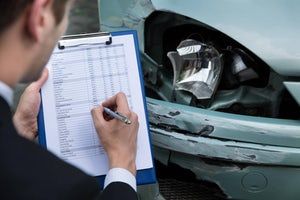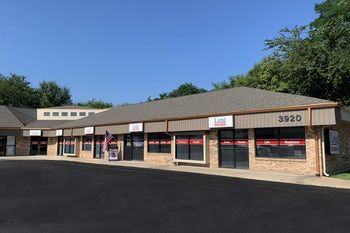Even before winter officially arrived, it probably took only a few chilly nights to get you to reach for your thermostat.
No matter when you decide to put your home heating system back in action, be mindful that heating equipment ranks second only to cooking among the leading causes of house fires. The good news is that you can help keep the heat flowing safely — and economically — by following a few simple tips.
Start with a professional inspection, if possible
When it comes to judging the condition of a heating system, professional safety inspectors have the knowledge and experience to identify problems that the typical homeowner could easily miss.
Annual safety inspections and service are recommended for systems using central heat (including heat pumps and furnaces) or direct heat (including fireplaces and wood-burning stoves). If you have a wood-burning stove or fireplace, get your chimney inspected and cleaned. Make sure any safety inspector or chimney sweep you hire is licensed and certified.
A heating system in good working order will operate safely and efficiently, which can help lower your energy costs.
DIY inspection tips for portable heaters
With portable heating units, you can look for a commercial electrical provider or local hardware shop that provides inspections and service or save a little money by doing some maintenance yourself. Inspection tips for space heaters include:
- Kerosene heaters — Look for and replace old or dirty wicks, put in fresh batteries and drain old fuel before refilling the tank
- Electric heaters — Check for frayed or loose power cords and wipe dust and dirt off the exterior
In addition, don’t forget to inspect the spot where you plan to put your space heater. Make sure to place it away from foot traffic and flammable materials such as furniture and rugs.
If you’re buying a space heater to use this winter, remember to look for a model with overheat protection, a tip-over safety switch and other safety features. A certification label from an independent product testing company such as UL (Underwriters Laboratories) or ETL (Intertek) is also a good sign.
Consider some supporting safety equipment
As you take steps to keep a furnace or fireplace operating safely, you should remember that other home devices can come into play in helping to reduce risk.
The most obvious is a smoke detector or heat sensor, but the list of potential heating-related hazards doesn’t stop at fire. Faulty heating equipment can lead to a potentially hazardous buildup of carbon monoxide inside your home, which makes a CO detector a wise investment. Carbon monoxide sensors are designed to alert you to dangerous levels of this colorless, odorless toxic gas.
Just like a smoke detector, a carbon monoxide detector requires fresh batteries and regular testing to operate most effectively.
Use the right kind of firewood
With any wood-burning heating system, the material that fuels the fire makes a huge difference in safety and efficiency.
Experts recommend burning dry and well-seasoned wood whenever possible and avoiding wet or green wood that can cause excessive smoke or rapid buildup of the flammable chemical creosote. Proper storage, in a woodshed or under a tarp, helps ensure that wood stays dry.
Also, homeowners are discouraged from using “scrap wood,” such as leftover construction materials since painted or treated wood releases toxic compounds when burned.
Stay safe as well as warm this winter
When you prepare your home heating system ahead of time, you can ease the chill without leaving anything to chance.










